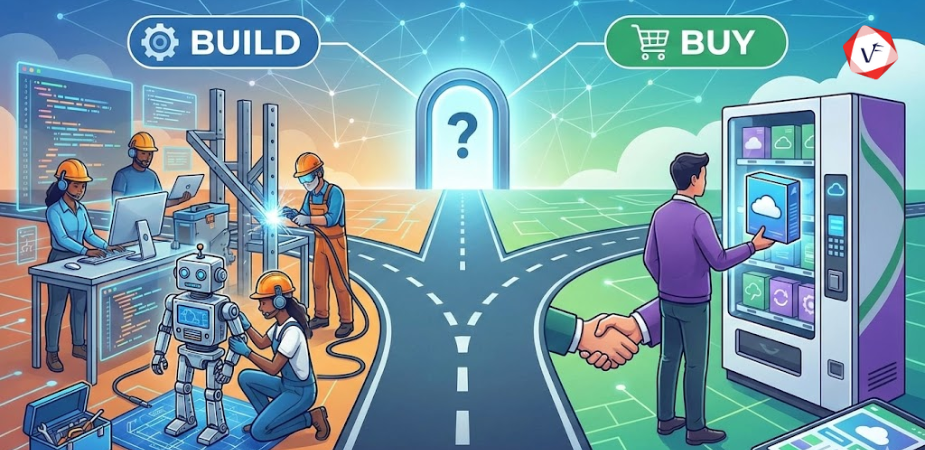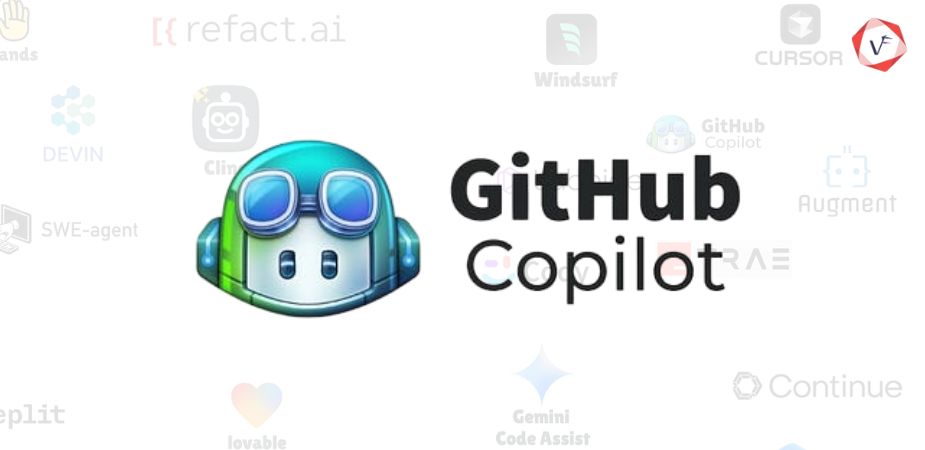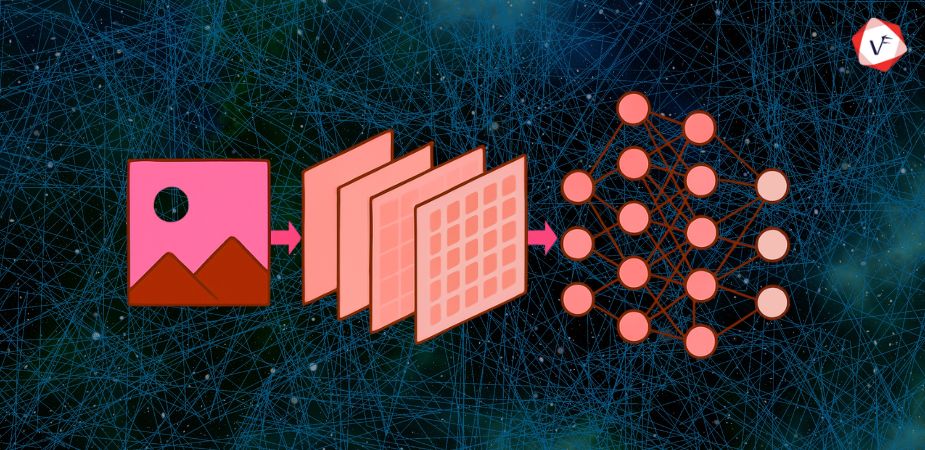- November 19, 2024 9:41 am
- by Kevin
- November 19, 2024 9:41 am
- by Manek

Innovation is a constant driving force. One such revolutionary innovation is the Raspberry Pi, a series of small single-board computers developed by the Raspberry Pi Foundation in the United Kingdom. Initially created to promote the teaching of basic computer science in schools and developing countries, Raspberry Pi has evolved into a versatile tool used by hobbyists, engineers, and educators worldwide.
The Raspberry Pi is a low-cost, high-performance computer that is about the size of a credit card. It plugs into a computer monitor or TV and uses a standard keyboard and mouse. It is a capable little device that enables people of all ages to explore computing and to learn how to program in languages like Scratch and Python. Beyond that, it’s capable of doing everything you’d expect a desktop computer to do, from browsing the internet and playing high-definition video, to making spreadsheets, word processing, and playing games.
The journey of the Raspberry Pi began in 2006 when Eben Upton, along with his colleagues, noticed a significant drop in the number of applicants applying to study Computer Science at the University of Cambridge. The team attributed this decline to the lack of inexpensive hardware platforms that would enable young people to experiment with programming and hardware tinkering. The idea was to create an affordable computer that would inspire a new generation of programmers and hardware enthusiasts.
The first Raspberry Pi model, the Raspberry Pi Model B, was released in 2012. It featured a Broadcom BCM2835 system on a chip (SoC), which included an ARM1176JZF-S core CPU, a VideoCore IV GPU, and 512MB of RAM. The success of this model led to the development of several iterations, each improving upon the previous versions with more powerful hardware and additional features.
Each version of the Raspberry Pi has different technical specifications tailored to different use cases. The most recent models, like the Raspberry Pi 4 Model B, feature:
Processor: Broadcom BCM2711, quad-core Cortex-A72 (ARM v8) 64-bit SoC @ 1.5GHz
Memory: Options of 2GB, 4GB, or 8GB LPDDR4-3200 SDRAM
Networking: Gigabit Ethernet, onboard wireless networking and Bluetooth 5.0
Ports: 2 × USB 3.0 ports, 2 × USB 2.0 ports, 2 × micro-HDMI ports (up to 4Kp60 supported)
Storage: microSD card slot, supporting SDIO 2.0, via USB or network boot
GPIO: 40-pin header for interfacing with various sensors and devices
These specifications make the Raspberry Pi 4 a powerful and flexible device suitable for a wide range of applications, from simple educational tools to complex industrial automation systems.
The versatility of Raspberry Pi is one of its most compelling features. Here are some of the key applications:
Educational Tool: The primary goal of the Raspberry Pi is to teach programming and computer science concepts. It is used in classrooms worldwide to introduce students to coding and hardware interfacing.
Home Automation: Raspberry Pi can be used to create smart home systems, controlling lights, thermostats, security cameras, and other devices through various home automation platforms like Home Assistant and OpenHAB.
IoT Projects: The small form factor and low power consumption of the Raspberry Pi make it ideal for Internet of Things projects. It can collect data from sensors and send it to the cloud for processing, making it a cornerstone of many IoT ecosystems.
Media Center: With software like OSMC or Plex, the Raspberry Pi can be transformed into a powerful media center, capable of streaming high-definition video and audio content.
Retro Gaming Console: Using emulation software like RetroPie, the Raspberry Pi can be turned into a retro gaming console, allowing users to play classic games from consoles like the NES, SNES, Sega Genesis, and more.
Robotics: Raspberry Pi is widely used in robotics for controlling motors, reading sensor data, and performing complex tasks autonomously.
Network Storage: By connecting external hard drives, Raspberry Pi can be used as a Network Attached Storage (NAS) device to store and manage files across a network.
Weather Stations: With various sensors attached, the Raspberry Pi can function as a personal weather station, collecting and analyzing meteorological data.
One of the greatest strengths of the Raspberry Pi is its vibrant and supportive community. The Raspberry Pi Foundation has fostered a global community of users who share their projects, provide support, and contribute to the ecosystem in countless ways. There are numerous forums, blogs, YouTube channels, and online courses dedicated to helping users get the most out of their Raspberry Pi.
The Raspberry Pi Foundation also runs events like Raspberry Jams and Pi Wars, which bring together enthusiasts to share their projects, learn new skills, and celebrate their achievements. This community aspect is invaluable, especially for beginners who might feel overwhelmed when starting out.
Raspberry Pi runs a variety of operating systems, with the official one being Raspberry Pi OS (formerly Raspbian). This is a Debian-based operating system optimized for the Raspberry Pi hardware, providing a rich desktop environment and a suite of educational and development tools.
Other popular operating systems for Raspberry Pi include:
Ubuntu: A well-known Linux distribution that offers versions specifically optimized for Raspberry Pi.
LibreELEC:A lightweight OS designed for media center applications.
RetroPie: An OS focused on emulation and retro gaming.
Windows IoT Core: A version of Windows designed for IoT applications.
These operating systems provide flexibility for users to choose the environment that best suits their projects.
The functionality of the Raspberry Pi can be significantly expanded with the use of various accessories. These add-ons can enhance the performance, add new capabilities, or simply make it easier to work on specific projects. Here are some of the most popular accessories:
Camera Modules: The Raspberry Pi Camera Module adds high-definition video and still photography capabilities to the Raspberry Pi. It's perfect for creating camera projects like CCTV systems, time-lapse photography, or even AI-powered vision systems.
HATs (Hardware Attached on Top): HATs are add-on boards that conform to the Raspberry Pi HAT specification. They provide additional functionality such as motor control, sensor interfacing, and real-time clocks. Some popular HATs include the Sense HAT, which comes with a variety of sensors, and the PoE HAT, which enables Power over Ethernet.
Touchscreens: Adding a touchscreen to your Raspberry Pi setup allows for a more interactive user experience. The official Raspberry Pi 7" touchscreen display is a great choice for projects that require user input, such as custom control panels or portable computing devices.
Cases: Protecting your Raspberry Pi with a case is essential, especially for projects that will be used in challenging environments. Cases come in various materials and designs, offering protection, cooling solutions, and aesthetic appeal.
Expansion Boards: Expansion boards can provide additional GPIO pins, analog-to-digital converters, and other interfaces not available on the standard Raspberry Pi board. This is particularly useful for complex projects requiring numerous sensors and peripherals.
Keyboards and Mice: While the Raspberry Pi can use any standard USB keyboard and mouse, there are specially designed compact keyboards with integrated touchpads that save space and improve portability.
Beyond educational and hobbyist uses, the Raspberry Pi has found a niche in industrial applications. Its low cost, reliability, and flexibility make it an ideal candidate for various industrial automation tasks. Here are some ways Raspberry Pi is utilized in industry:
Monitoring and Control Systems: Raspberry Pi can be used to monitor and control machinery, collect data from sensors, and trigger alarms or actions based on predefined conditions. This helps in predictive maintenance, reducing downtime, and improving efficiency.
SCADA Systems: Supervisory Control and Data Acquisition (SCADA) systems rely on robust computing platforms to collect and analyze real-time data. Raspberry Pi, with its connectivity options and processing power, serves as a cost-effective SCADA node.
Prototyping and Development: Many industrial companies use Raspberry Pi for prototyping and developing new products. Its ease of use and the extensive range of available libraries and tools make it an excellent choice for rapid development and testing.
Edge Computing: In the era of IoT, edge computing is crucial for processing data closer to the source. Raspberry Pi can perform local data processing, reducing latency and bandwidth usage, and ensuring that critical operations are not disrupted by network issues.
Human-Machine Interfaces (HMIs): Raspberry Pi-based touchscreens and displays are used as HMIs in various industrial applications, providing a user-friendly interface for monitoring and controlling processes.
The Raspberry Pi is a remarkable piece of technology that has revolutionized the way we think about computing and electronics. Its affordability, versatility, and robust community support make it an invaluable tool for learning, prototyping, and implementing a wide array of projects. From education and DIY projects to industrial applications and IoT systems, the Raspberry Pi continues to expand its horizons. For businesses looking to leverage the power of IoT and automation, partnering with experts can be crucial. Vofox Solutions offers comprehensive IoT and automation services that can help transform your operations. With expertise in integrating Raspberry Pi into various applications, Vofox ensures that you can harness the full potential of this versatile platform for your specific needs. Reach out to us ASAP to pursue your automation goals.
Guaranteed Response within One Business Day!

Custom Software Development: When to Build vs Buy
Code Review Best Practices That Actually Work in 2025

GitHub Copilot vs Other AI Coding Assistants

Sustainable Software Development Practices

What is a Convolutional Neural Network (CNN)?